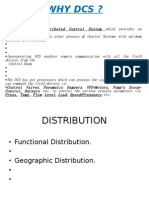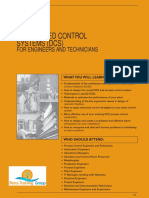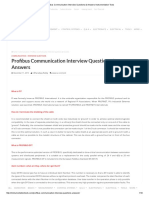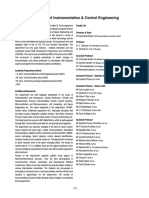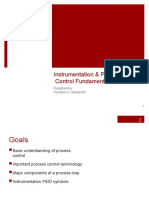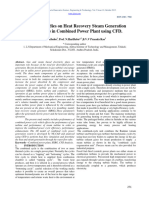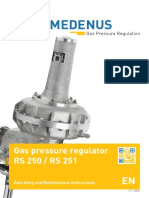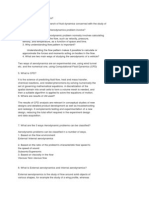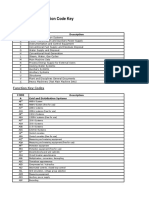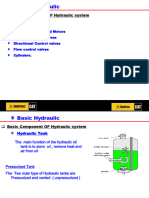0% found this document useful (0 votes)
191 views46 pagesProcess Control and Instrumentation
Process control uses instruments to monitor process variables and controllers to calculate errors between setpoints and process variables. This error signal is used to manipulate final control elements like valves and vanes to maintain the process at the desired level. Controllers use PID tuning parameters to optimize the control loop. Pressure, level, temperature, and flow are common process variables measured using devices like pressure gauges, level gauges, thermocouples, and flow meters. Valves are used as final control elements and come in designs like globe valves, ball valves, and butterfly valves.
Uploaded by
Leonardo ImmoCopyright
© © All Rights Reserved
We take content rights seriously. If you suspect this is your content, claim it here.
Available Formats
Download as PDF, TXT or read online on Scribd
0% found this document useful (0 votes)
191 views46 pagesProcess Control and Instrumentation
Process control uses instruments to monitor process variables and controllers to calculate errors between setpoints and process variables. This error signal is used to manipulate final control elements like valves and vanes to maintain the process at the desired level. Controllers use PID tuning parameters to optimize the control loop. Pressure, level, temperature, and flow are common process variables measured using devices like pressure gauges, level gauges, thermocouples, and flow meters. Valves are used as final control elements and come in designs like globe valves, ball valves, and butterfly valves.
Uploaded by
Leonardo ImmoCopyright
© © All Rights Reserved
We take content rights seriously. If you suspect this is your content, claim it here.
Available Formats
Download as PDF, TXT or read online on Scribd
/ 46









